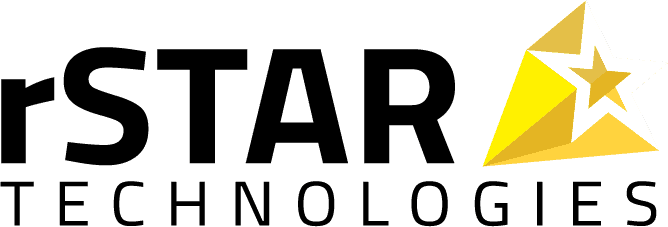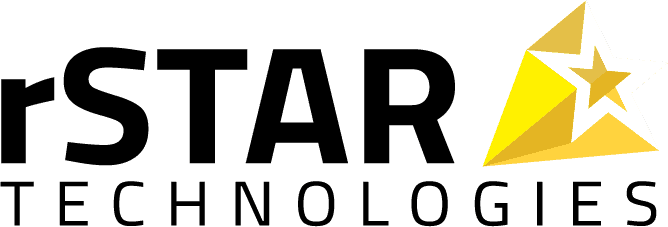Operational efficiency and agility are key factors that make a difference in profit margin and competitive advantage in the dynamic landscape of modern manufacturing. While this may be common knowledge, many manufacturers fail to reach their full operational potential because of deep-seated data silos. The integration of CRM systems like Salesforce and ERP systems like Oracle has emerged as a pivotal strategy, a transformative solution for eliminating these data silos and operating more effectively and responsively.
Table of Contents
How and Why Disparate Systems and Associated Data Silos are a Hindrance to Growth
When operational systems in different departments act as standalone systems, it leads to data silos, which can have significant negative consequences. The menace of data silos gets more significant as an organization grows, developing more products, starting new departments, adopting new systems, and going global. This makes it more essential for industry leaders to consolidate their data through CRM-ERP integrations to avoid bigger complications during business expansion.
Picture this scenario:
A manufacturing company with the potential to achieve speedy growth, expand to new countries, and develop diverse new products catering to diverse markets, still operates with data silos. This company will struggle with effective communication between departments and have limited operations and customer visibility.
Their sales team, armed with valuable insights from Salesforce, for instance, may struggle to turn insightful data and analytics on customer preferences and demands into actionable production and personalization marketing plans. Conversely, the operations team, which only accesses data from an ERP system like Oracle, will have challenges getting real-time customer data insights necessary for business forecasting and resource allocation.
This disconnect often seems insignificant because each department is functioning normally. However, looking at the situation on an organizational level, you realize that the disconnect leads to inefficiencies, missed opportunities, slow operations speed, and other problems that impede the company’s ability to adapt swiftly to market shifts and customer demands. Consequently, this affects the organization’s competitiveness and profit margin.
Organizations suffering from disparate systems and data silos should take the bold step to integrate their Salesforce and Oracle fast because every day brings in more data, which increases the complexity of the situation.
Eliminating Data Silos and Associated Challenges with CRM-ERP Integration
CRM-ERP integration is the solution to help manufacturing companies transcend the barriers of data silos and related challenges to foster a holistic view of operations and customers. With operational synergy, efficiency, and bidirectional communication, sales insights will help production planning, inventory management, and resource allocation. Also, customer insights from CRM systems will facilitate personalized marketing initiatives, enabling the sales team to proactively anticipate and address customer needs. This results in enhanced collaboration, streamlined processes, superior customer satisfaction, and an improved bottom line.
Some Transformative Impacts of CRM-ERP Integration in Manufacturing
Accelerated Order Fulfillment
For manufacturers, CRM-ERP integration makes the entire order-to-delivery process seamless. By synchronizing customer order information with production schedules and supply chain logistics, companies can accelerate order fulfillment and delight customers with swift delivery times and superior customer service.
This streamlined workflow enhances customer experience and satisfaction and the company’s competitive advantage in a rapidly evolving manufacturing market landscape.
Precision in Demand Forecasting
Salesforce and Oracle integration enables real-time 360-degree visibility into customer orders, preferences, and market trends. Manufacturing enterprises can leverage these insights to fine-tune their demand forecasting models, optimizing inventory levels and production schedules to align with fluctuating customer demand patterns. This way, inventory costs are optimized, stockouts are minimized, and operational efficiency is maximized.
Personalized Customer Engagement
Integrating CRM and ERP systems unlocks the full potential of customer data, which is a critical asset in today’s business landscape.
Empowered with a holistic view of customer interactions, preferences, and purchase history, marketing teams can develop targeted campaigns tailored to individual customer segments across the customer lifecycle. These can be in the form of product recommendations, timely promotions, and more. Personalized customer engagement helps a manufacturing company forge deeper connections with its customer base, driving brand loyalty and revenue growth.
Setting the Right Culture and Environment for Innovations
Embracing the integration of Salesforce CRM and Oracle ERP systems is non-negotiable for any manufacturer charting a digital course for their organization’s future.
Besides breaking down data silos that limit a company’s output, this system integration heralds a paradigm shift in how a company collaborates, innovates, and operates. Thus, to maximize the potential of ERP-CRM integration, manufacturers must prioritize strategic alignment, technology infrastructure, and organizational agility.
Furthermore, organizations must foster a culture of data-driven decision-making and cross-functional collaboration to set the right environment for innovations of this significance. With the right culture and environment, manufacturers can unlock new avenues for strategic growth, resilience, market expansion, and sustained success.
Embrace CRM-ERP Integration for Operational Excellence
Conclusively, the journey towards manufacturing operations excellence starts with eliminating data silos and having a single source of operations and customer data truth. When CRM and ERP are successfully integrated, manufacturers are better empowered to navigate complexities, seize opportunities, and move towards a place of operational excellence, sustainable growth, and competitive advantage.






